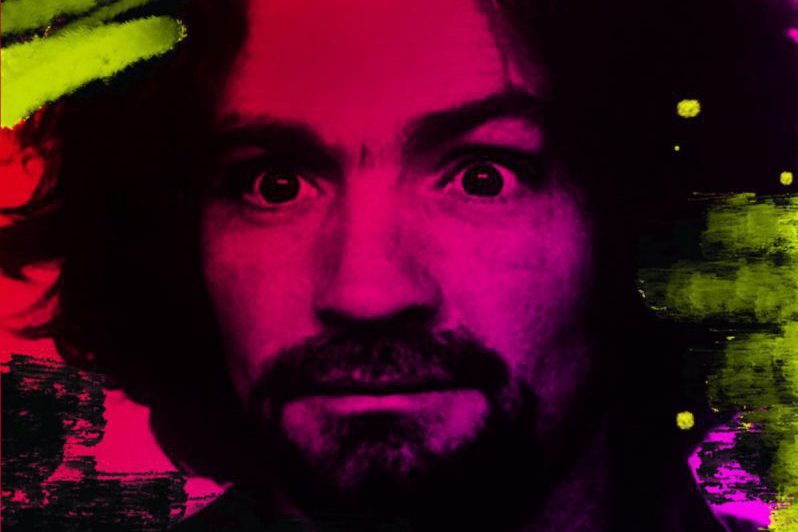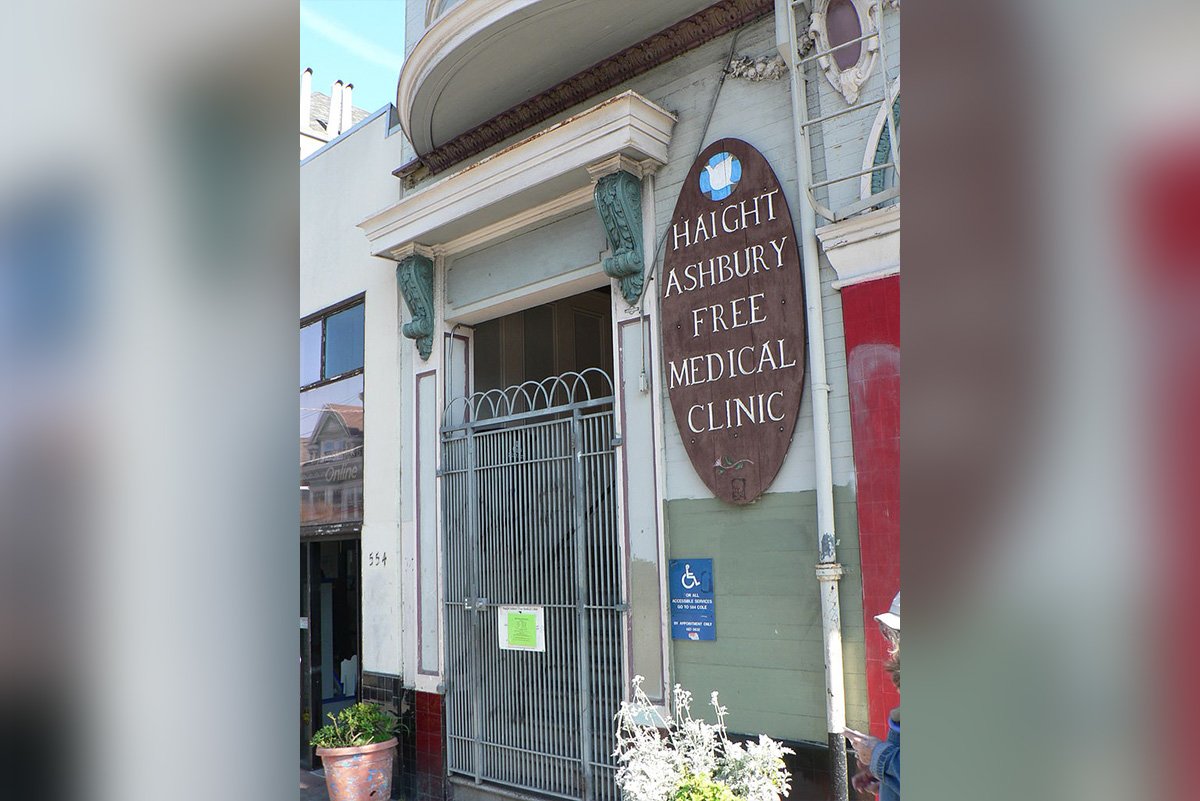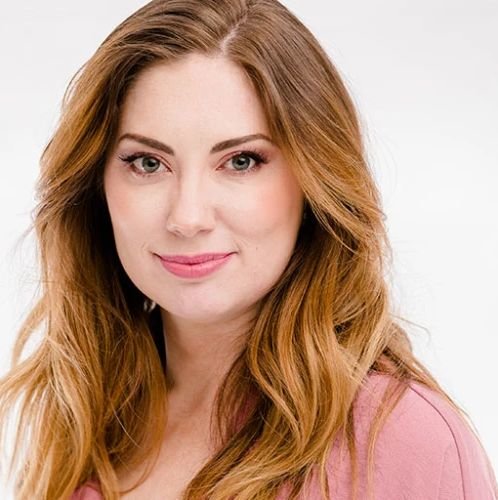
Portrait of the cult leader and killer of Sharon Tate, Charles Milles Manson (b. Maddox, 1934-2017), California Department of Corrections and Rehabilitation mugshot, 1968. Photo illustration by Liz Gulick-Silvoy.
Charles Manson and his murderous cult made their mark on American pop culture, even inspiring the 2019 Quentin Tarantino film Once Upon a Time in Hollywood. Decades after the cult gained notoriety, however, new evidence emerged suggesting that a secret CIA program to research the effects of psychedelic drugs may have contributed to Manson’s rise to infamy.
In his 2019 book, Chaos: Charles Manson, the CIA, and the Secret History of the Sixties, author Tom O’Neill asked forensic psychologist Alan Scheflin about the potentially tragic consequences of the CIA’s experimental mind-control program, MK-Ultra. Was it possible, O’Neill asked, that the Manson murders were part of an MK-Ultra experiment gone wrong?
Scheflin responded, “No, […] an MKULTRA experiment gone right.”
Manson’s cult called itself the Family.
Its home on an old movie set on the outskirts of Los Angeles became a haven for runaways, drug addicts, and misfits, several of whom were minors. The Manson Family shocked America in 1969 when some of its members carried out nine gruesome murders in Los Angeles. Among the victims was American actress and model Sharon Tate, who was eight and a half months pregnant.
The staggering brutality of the so-called crime of the century captured America’s attention — as did the subsequent murder trial. The courtroom spectacle featured outbursts and threats by defendants with swastikas carved into their foreheads.

The modus operandi in the murders was especially sadistic. The killers smeared political messages in their victims’ blood, including the words “healter skelter,” the (misspelled) name of a popular Beatles song. Consequently, Americans faced a new reality in which harmless hippies suddenly appeared as the harbingers of horror. For its part, the US government was already distrustful of hippies; they were too communist, too leftist, too anti-racist, too anarchist, and too feminist. After Manson’s widely publicized trial, public opinion seemed to align accordingly.
By 1967, Manson, then 32 years old, had spent half his life in prison for myriad crimes, including raping a boy. Following his parole that year from California’s Terminal Island prison, Manson ultimately made his way north to San Francisco. While in the Bay Area, Manson’s inglorious life path took a turn for the truly bizarre, intersecting with four different CIA-funded drug research studies; his participation in two has since been confirmed.
Manson’s parole officer, a Berkeley doctoral student named Roger Smith, was part of a federally funded program researching LSD and drug use among San Francisco’s population. His position as a parole officer allowed Smith to provide an element of immunity to his unwitting research subjects. Although he had the power to send Manson back to prison for violating the terms of his parole, Smith never reported the cult leader’s numerous infractions. Thus, Manson remained free — and hooked on drugs.
Roger Smith’s tenure at the Haight Ashbury Free Medical Clinic allowed him to collaborate with David Smith (no relation), a medical doctor with pharmacology experience and the founder of the clinic. In exchange for federal funding — courtesy of the CIA — the pair researched recreational drug use among their patients. Soon enough, the clinic’s doctors and clinicians began to recognize the frequent presence of young runaways and addicts who belonged to Manson’s cult. An assistant researcher named Alan Rose took the initiative to visit the Manson Family’s Los Angeles compound, where he used drugs and participated in bizarre sexual rites. After four months of immersive research, Rose returned to San Francisco. In 1970, Rose and David Smith co-authored the first scholarly study of the Manson Family: “The Group Marriage Commune: A Case Study.”

Another of the clinic’s researchers, Louis “Jolly” West, ran a clandestine study about LSD and drug use among hippies. A CIA psychologist with a background in deprogramming victims of brainwashing, West refitted a dilapidated Victorian home near the Haight Ashbury Free Medical Clinic as a “fake hippie crash pad” — a ploy to study drug addiction and homelessness.
West worked for CIA chemist Sidney Gottlieb, head of the MK-Ultra program. Under Gottlieb’s watch, this sordid CIA operation administered LSD to unwitting subjects, attempted to synthesize the ultimate truth serum, and pursued quixotic research into creating the perfect assassin and implanting false memories.
After working for Gottlieb at Lackland Air Force Base in Texas and at the University of Oklahoma, West moved to San Francisco, where he met Roger Smith and David Smith and discovered their work at the Haight Ashbury Free Medical Clinic. To fund its various LSD research programs in San Francisco (including a brothel), the CIA exploited several medical-research organizations. A 1976 investigation by The New York Times revealed that the CIA had collaborated with the National Institute of Mental Health, the Foundations Fund for Research in Psychiatry Inc., and the Geschickter Fund for Medical Research, using them as fronts to conceal its involvement. The CIA terminated MK-Ultra in 1973.

For his part, Manson ditched San Francisco for Los Angeles in late 1968. A year later, his madness — worsened by the CIA’s irresponsible LSD research, some argue — came to its tragic fruition. In researching his book, O’Neill uncovered evidence that Los Angeles-area law enforcement investigators mishandled multiple aspects of the Manson case. O’Neill also claims that the Los Angeles Police Department destroyed records from the 1969 homicide investigation. However, the author concedes that attorney Vincent Bugliosi, a prosecutor in the Manson Family murder trial, may simply have forgotten to return the documents, which he used to write his 1976 book on the Manson Family, Helter Skelter.
Bugliosi’s book established the definitive historical narrative regarding the 1969 murders, notably excluding the CIA’s central role. In Chaos, however, O’Neill refutes many of Bugliosi’s assertions. In fact, Stephen Kay, who co-prosecuted the Manson murder trial with Bugliosi, told O’Neill that the uncovered evidence in Chaos could be enough to overturn the original verdicts.
Politics surrounding a hypothetical retrial, as well as the inevitable media fallout, would certainly present the CIA with a public relations disaster. Moreover, investigators still suspect that Manson’s acolytes might have participated in as many as 12 other unsolved murders — a damning aside, should the courts ultimately rule that the CIA’s LSD research programs played a role in inciting the Manson Family’s 1969 murders.
This article was originally published in the Winter 2022 print edition of Coffee or Die Magazine as “Jailbird Lab Rat.”
Read Next: The CIA’s Operation ‘Midnight Climax’ Is Exactly What It Sounds Like

Lauren Coontz is a former staff writer for Coffee or Die Magazine. Beaches are preferred, but Lauren calls the Rocky Mountains of Utah home. You can usually find her in an art museum, at an archaeology site, or checking out local nightlife like drag shows and cocktail bars (gin is key). A student of history, Lauren is an Army veteran who worked all over the world and loves to travel to see the old stuff the history books only give a sentence to. She likes medium roast coffee and sometimes, like a sinner, adds sweet cream to it.
BRCC and Bad Moon Print Press team up for an exclusive, limited-edition T-shirt design!
BRCC partners with Team Room Design for an exclusive T-shirt release!
Thirty Seconds Out has partnered with BRCC for an exclusive shirt design invoking the God of Winter.
Lucas O'Hara of Grizzly Forge has teamed up with BRCC for a badass, exclusive Shirt Club T-shirt design featuring his most popular knife and tiomahawk.
Coffee or Die sits down with one of the graphic designers behind Black Rifle Coffee's signature look and vibe.
Biden will award the Medal of Honor to a Vietnam War Army helicopter pilot who risked his life to save a reconnaissance team from almost certain death.
Ever wonder how much Jack Mandaville would f*ck sh*t up if he went back in time? The American Revolution didn't even see him coming.
A nearly 200-year-old West Point time capsule that at first appeared to yield little more than dust contains hidden treasure, the US Military Academy said.












